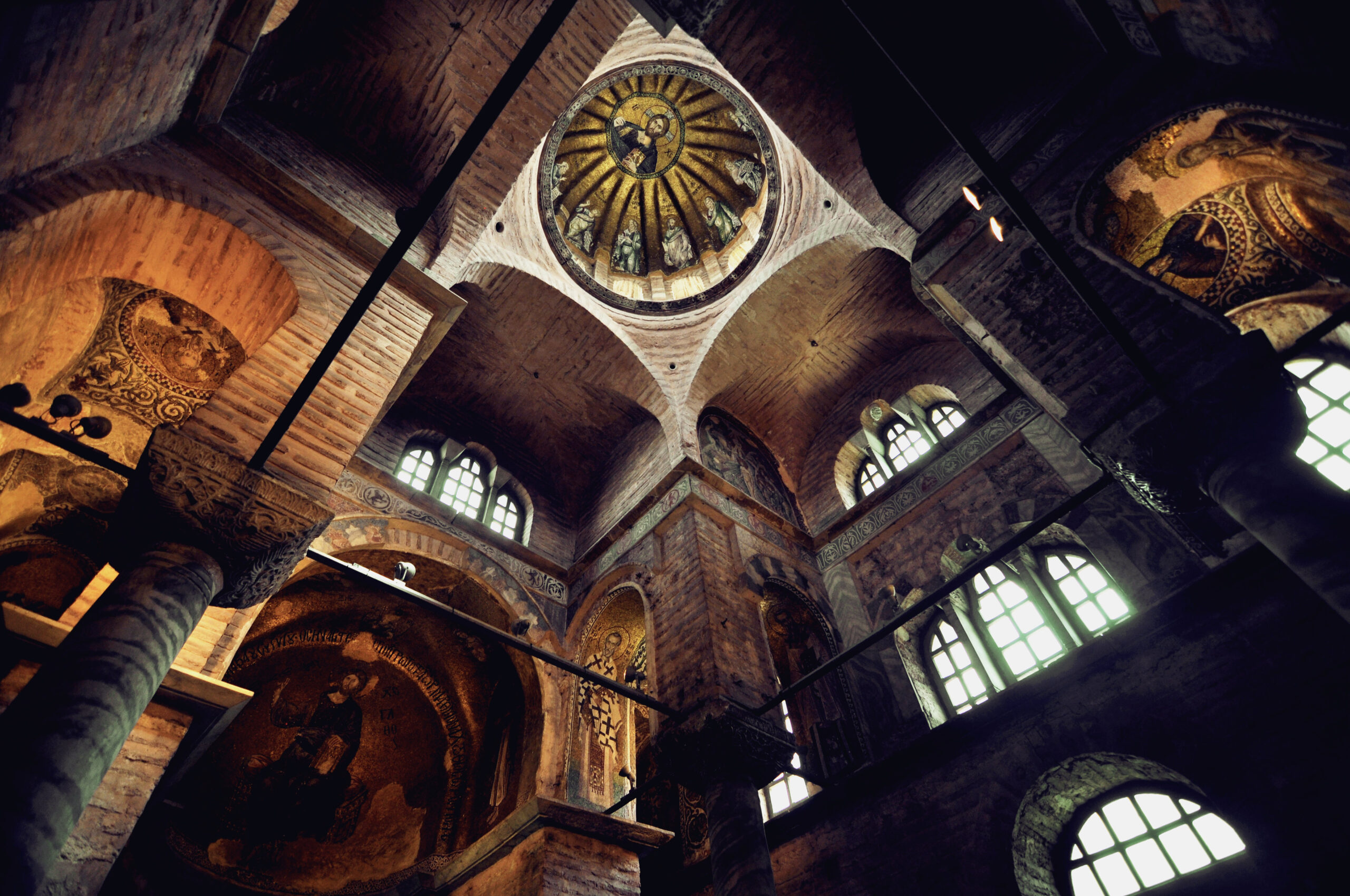
"The Western preference for Latin and the Pope's narrative of "civilizational collapse" has overshadowed Byzantium's vital role as the true successor to Rome. Byzantine laws, especially important texts like Justinian's Corpus Juris Civilis and the Theodosian Code, laid the foundations for many legal traditions still visible in Europe today. Plus, Constantinople was a bustling, sophisticated city, rich in culture and diversity, even while many Western cities were just echoes of their former Roman selves."
"The term "Byzantine" often brings to mind ideas of complexity and secrets. However, this simplified view stems more from Enlightenment thinkers like Voltaire and Gibbon, who saw Byzantium as overly Christian and too influenced by Eastern cultures. In fact, the Byzantine bureaucracy was remarkably effective, allowing the Empire to weather numerous invasions. It was adaptable, diplomatic, and built on merit and education rather than purely on noble lineage, showcasing a resilience that is quite impressive."
Byzantium persisted as the Eastern Roman Empire for nearly a millennium after the Western collapse. The populace identified as Romans (Ρωμαίοι), and legal codices like Justinian's Corpus Juris Civilis and the Theodosian Code influenced later European legal traditions. Constantinople functioned as a bustling, sophisticated, culturally diverse metropolis while many Western cities declined. Enlightenment portrayals by figures such as Voltaire and Gibbon framed Byzantium as overly Christian and exotic, obscuring its administrative competence. The Byzantine bureaucracy proved adaptable, diplomatic, meritocratic, and capable of withstanding repeated invasions. Byzantine art remained dynamic, symbolically rich, and visible in mosaics and monumental architecture such as Hagia Sophia.
Read at Medievalists.net
Unable to calculate read time
Collection
[
|
...
]